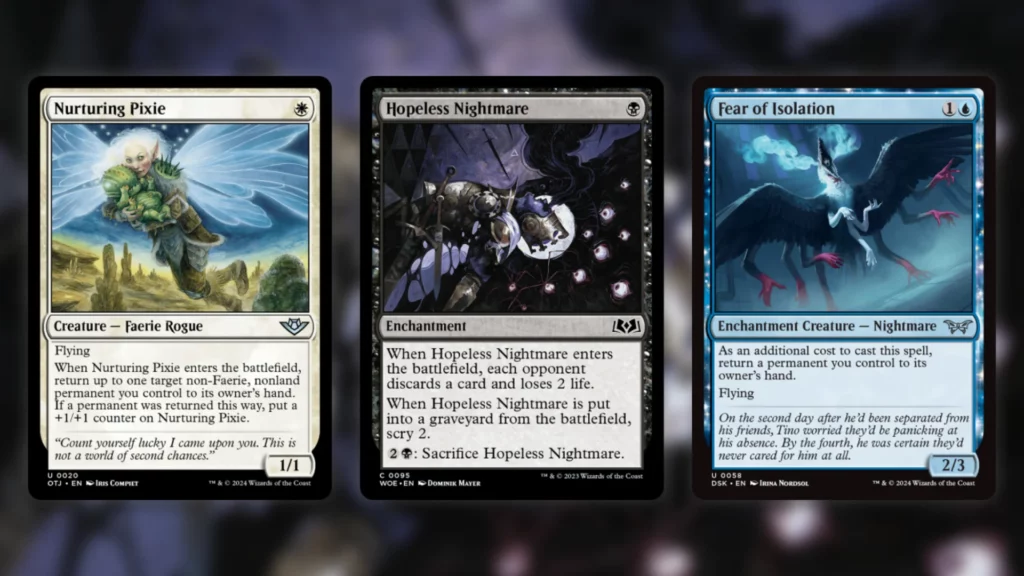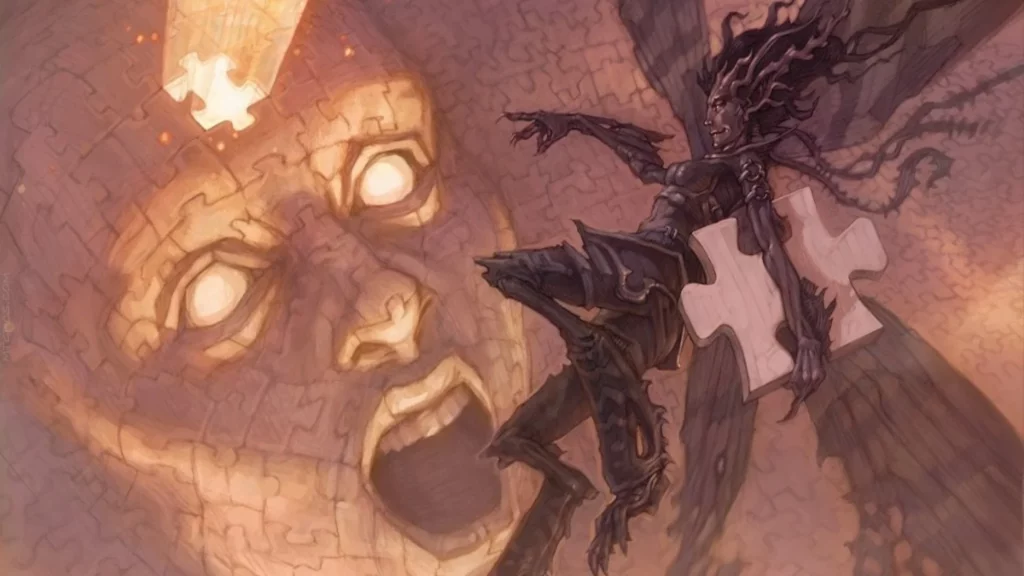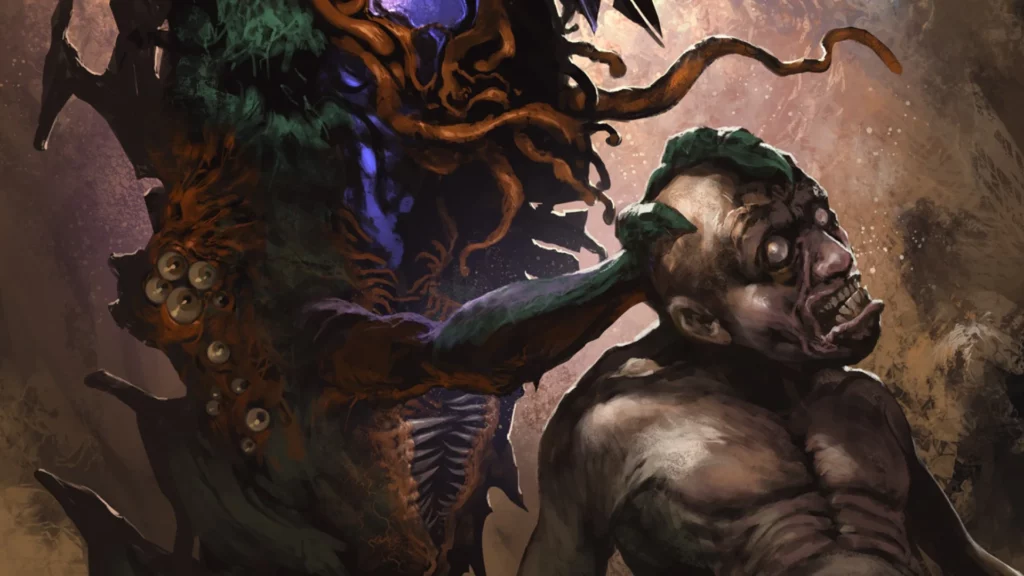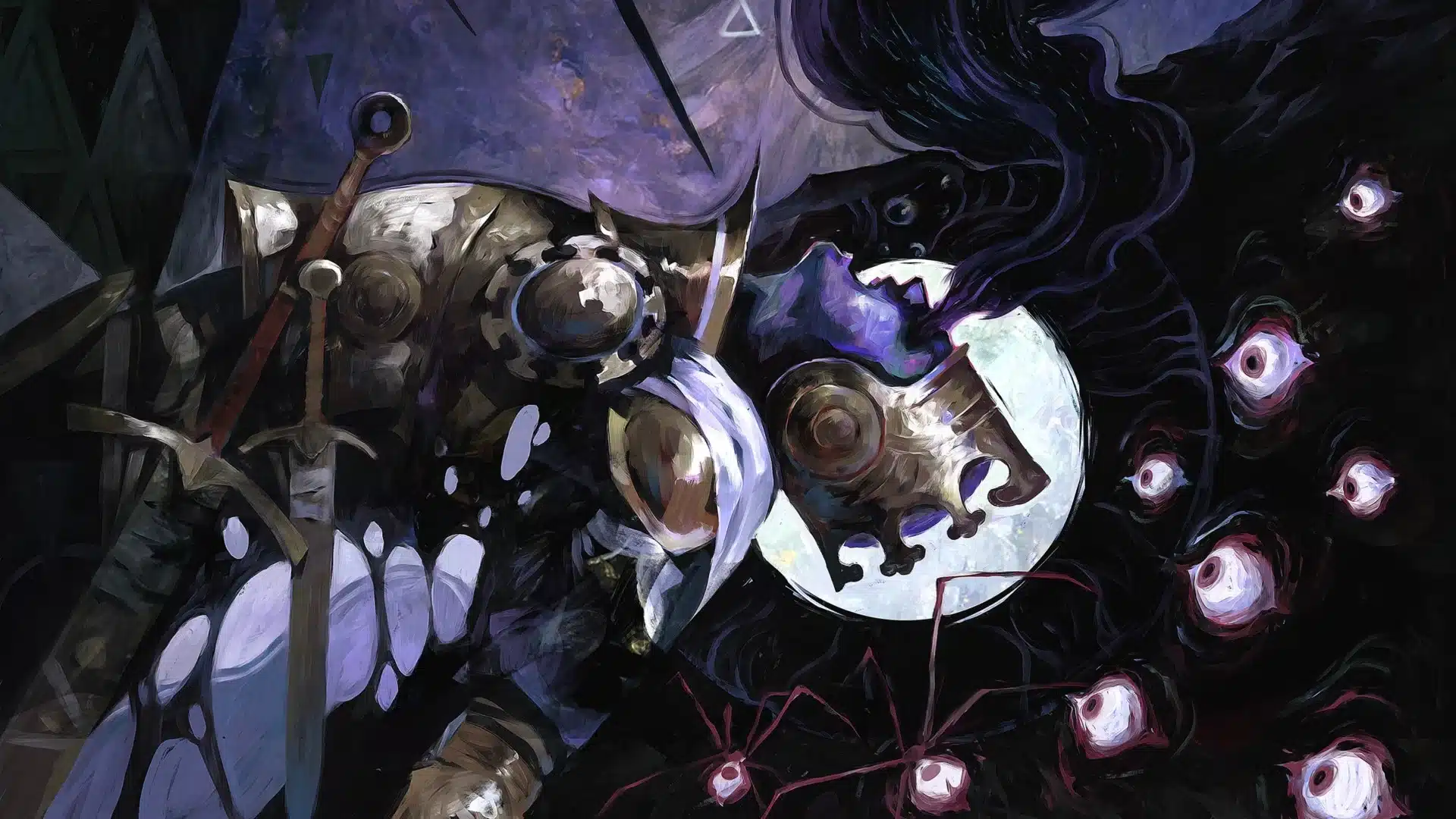When it comes to mechanics in Magic: The Gathering, many factors go into determining whether something is a success or a failure. Pure power level is one thing, but one also has to consider the overall play experience. Many decks with low win rates have been hit with bans due to “unfun play patterns,” after all. Discard effects have always sat somewhere on the edge in this regard, as MTG Head Designer Mark Rosewater revealed when speaking on Blogatog.
Responding to a question about the current prominence of discard in Standard, Rosewater revealed a surprising fact about how the mechanic is designed. He also started a broader discussion about the mechanic as a whole. The response from the community proved surprisingly mixed, with as many keen to defend discard as those keen to destroy it.
MaRo Discusses MTG Discard On Blogatog

The Blogatog post in question arrived yesterday, in response to a question about the discard mechanic from MTG player thebigmammoo.
“thebigmammoo: Given the increase in popularity of the discard mechanic with the success of bounce decks in Standard, and considering how unfun it already was having no hand by turn 3, do you feel discard as a whole needs a review or is it at the intended power level?
Mark Rosewater: We do monitor and throttle discard to some extent. Do people feel the current rate (and volume) of discard is too strong?”
For context, the “bounce decks” thebigmammoo refers to here are the Esper Pixie lists currently taking Standard by storm. This answer, though short, is interesting in several ways as it admits that discard effects are being monitored in the first place. Clearly, Wizards is aware of the negative impact this mechanic can have on the game, and are keeping a close eye on it as a result.
Not only that, but it appears discard is being actively nerfed during the design phase. That’s certainly what it sounds like when Rosewater says discard effects are being ‘throttled,’ anyway. Honestly, this makes a lot of sense. There have definitely been times when discard effects in Magic have been too good, leading to poor play environments. Hymn to Tourach and Hypnotic Specter spring to mind, and of course Grief for a more contemporary example.
That this is Wizards’ policy when dealing with discard in design is interesting, if unsurprising. Effects that attack the opponent’s hand tend to court controversy no matter what card game they appear in. Just look at early Yu-Gi-Oh! if you want to see this idea taken to the extreme. What’s more surprising about this post is the question that followed, and the discussion it prompted. Turns out there are plenty of players on both sides of the fence for this one, and plenty on the fence itself, too.
A Key Piece Of The Puzzle

“Discard too good in standard? A format with Obstinate Baloth and Wilt-Leaf Liege in it, a format where currently the graveyard is quite the resource, and a format where the best discard spell is a 2-mana creature that gives you back the card when it dies? If anything, I want to see more discard in Standard.”
grey-oppenheimer
A lot of MTG players, both on the Blogatog post itself and in the Reddit thread discussing it, were quick to defend discard effects in Standard. The initial question seemed to frame Esper Pixie as some kind of meta menace. It is true that the deck is rapidly rising in popularity, but it’s hardly dominating the format. There’s plenty of counterplay available, with Obstinate Baloth and Wilt-Leaf Liege both legal in Standard right now.
“The power level of Discard in Standard is totally fine. The Pixie decks are good but not even super heavy on these effects, and the mono black discard decks aren’t favored against a lot of the format’s good decks. I don’t think it creates nearly as many non-games as some claim.”
sedron-original-flavor
As some were quick to note, Esper Pixie isn’t even a particularly discard-heavy strategy. It runs four repeatable Hopeless Nightmares, sure, but that’s all. The other discard support in Standard right now, Aclazotz, Bandit’s Talent, etc., sees far less play overall.
This was a common argument: that discard wasn’t a problem in Standard based purely on the frequency it shows up. This is a line of logic regularly used to define problematic MTG decks, so it makes sense to use it here.
“A midrange deck playing a low resource game against a discard-heavy strategy is one of the most exciting and skill-testing experiences in the entire game of Magic imo. Having to make actual strategic decisions about whether to play a land, not on turn 10 but as early as turn 2 or 3, is a feature not a bug.”
DearAngelOfDust
Some players went deeper than the surface-level numbers, however, diving into the deeper implications of having powerful discard effects in a given format. As DearAngelOfDust describes beautifully above, discard can add a ton of delicious complexity to Standard games. Playing around discard is an intricate dance, weighing the pros and cons of hitting your land drops against losing your protection for your other key pieces.
In Standard, this is doubly true right now. As grey-oppenheimer mentioned, the best discard spell in the format is almost certainly still Deep-Cavern Bat. This can undoubtedly be a frustrating card to face down, but it also makes you think about your plays, particularly around removal, a lot more. Basically, when it’s working well discard really raises the skill ceiling of a format, and it appears to be doing so in Standard right now.
A Poor Play Experience

Of course, not everyone agrees with this assertion. A large number of MTG players attacking the discard archetype also made themselves known in the discussion following the Blogatog post.
“I don’t like how easy it is to make a discard deck in Standard that may as well be land destruction in how the outcome is “you can’t do anything”.”
simicmimic
Simicmimic cuts neatly to the heart of the issue here. Discard is fine, excellent even, when it pressures your hand a bit and forces you to make tough decisions. It’s considerably less fine when it strips you of all your resources and leaves you without a game to play.
Magic is all about options, and at its worst discard deprives you of most of them. With how many discard effects there are in Standard right now, it’s certainly possible to build a deck that can create such scenarios.
“Its tough, because I don’t find discard archetypes are inherently too good (or good at all, tbh) right now but they definitely contribute to the number 1 problem wotc is always trying to solve, which is limiting the number of non-games that occur.”
ZT_Ghost
Other players, like ZT_Ghost, also pointed out this issue. Interestingly, this actually ties into one of the arguments for discard we covered above. They note that discard isn’t hugely prominent in the format right now, but that when it does show up it can lead to non-games.
“Everyone speaking is ignoring Arena ladder. It doesn’t matter if you look at tournament results. The average casual standard player is forced against mono black discard or mono red aggro. Both games effectively over by T3.”
BluePot5
This happens all the more often on MTG Arena, too. We’ve seen the reward systems on Arena drive play patterns plenty in the past with Aggro, and discard is proving a similarly strong candidate. If you need a deck to grind out your daily quests quickly, it’s a great option. This means Arena players have to deal with a lot more discard than paper ones, which isn’t ideal.
Ultimately, discard effects will always be a controversial part of MTG. We’re often just one or two good ones away from a totally warped format, as Rosewater’s caution in the original answer attests. Whichever side you fall on, however, it’s hard to deny that they make the game more interesting to play.

